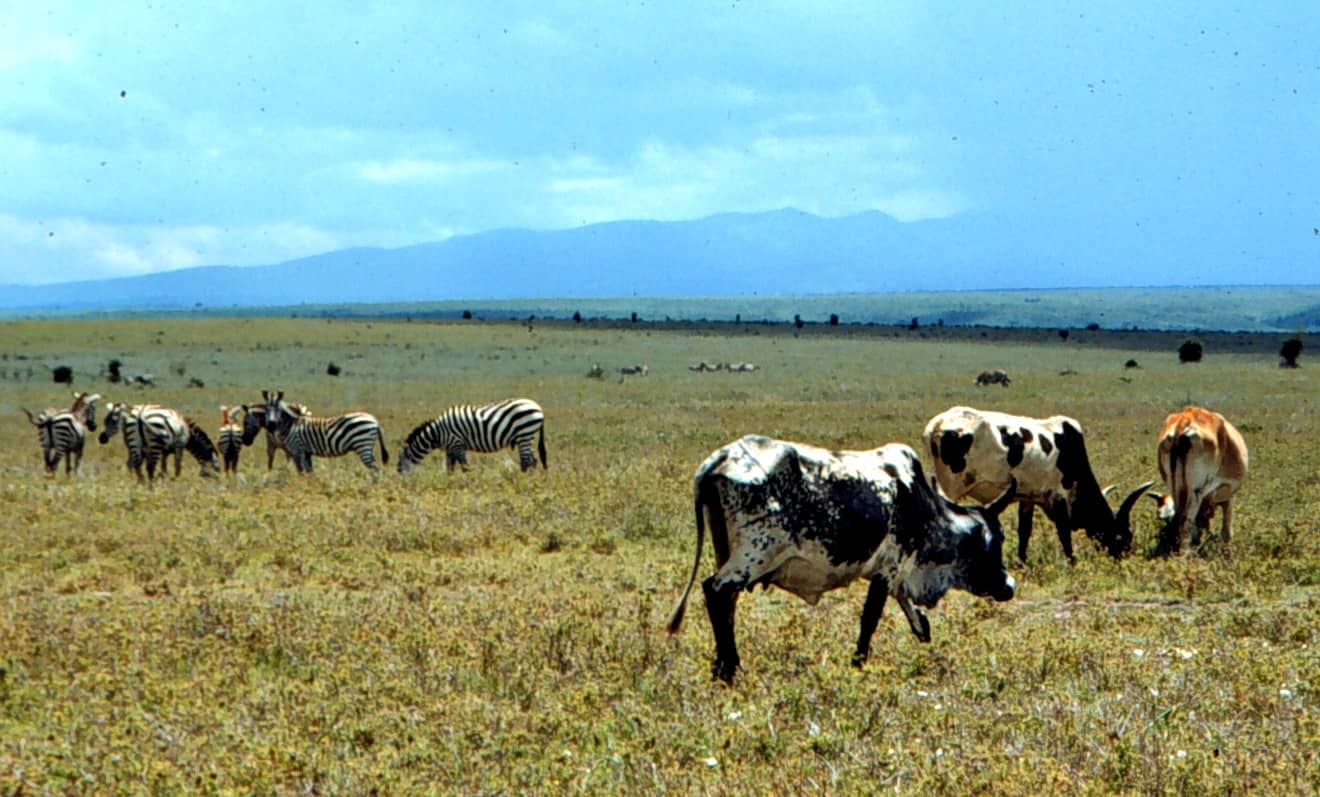In the light of the urgency raised by the COVID-19 pandemic, global investment in wildlife virology is likely to increase, and new surveillance programmes will identify hundreds of novel viruses that might someday pose a threat to humans.
To support the extensive task of laboratory characterization, scientists may increasingly rely on data-driven rubrics or machine learning models that learn from known zoonoses to identify which animal pathogens could someday pose a threat to global health.
We synthesize the findings of an interdisciplinary workshop on zoonotic risk technologies to answer the following questions.
- What are the prerequisites, in terms of open data, equity and interdisciplinary collaboration, to the development and application of those tools?
- What effect could the technology have on global health?
- Who would control that technology, who would have access to it and who would benefit from it?
- Would it improve pandemic prevention? Could it create new challenges?
This article is part of the theme issue Infectious disease macroecology: parasite diversity and dynamics across the globe.

